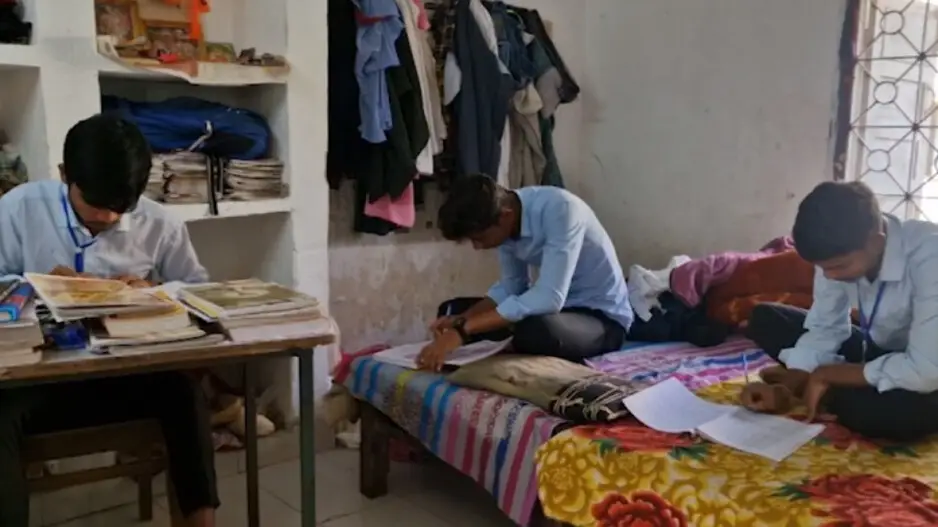/odishatv/media/post_attachments/uploadimage/library/16_9/16_9_0/IMAGE_1667823672.jpg)
Odisha announces Rs 104 crore infrastructure development aid for 90 private aided colleges
The Odisha government has reportedly approved a significant infrastructure development project for 90 private aided (grant-in-aid) colleges across the state, allocating Rs 104 crore for this initiative. This initiative aims to enhance the educational facilities and learning environments in these institutions, informed Higher Education Minister, Suryabanshi Suraj.
The development works include constructing, repairing, and renovating hostels, libraries, laboratories, administrative halls and multi-purpose halls. The project may also cover enhancing digital infrastructure, which is crucial in modern educational settings. The funds will be sanctioned in a phased manner with 33% being released in the first phase.
Subsequent funds will be released after the submission of utilization certificates of the first phase work. The Minister said the project is part of a broader effort to improve the quality of higher education in Odisha by focusing on infrastructure development in government-aided private colleges. This move is expected to benefit a large number of students enrolled in these institutions, providing them with better facilities and resources for their academic pursuits.
By investing in these 90 aided colleges, the Odisha government is taking a significant step towards equalizing educational opportunities across different types of institutions in the state. This initiative is likely to have a positive impact on the overall quality of education, potentially improving learning outcomes and student experiences in these colleges.
The Odisha government's initiative aligns with broader national efforts to improve higher education infrastructure in India. This infrastructure development project could have far-reaching implications for Odisha's education sector. By improving facilities in aided colleges, the state is likely to see an increase in the quality and competitiveness of these institutions.
This could also lead to higher enrollment rates, improved retention of students and faculty, and potentially better placement outcomes for graduates. Moreover, such investments often act as catalysts for further development, potentially attracting additional funding from various sources in the future.
Biography claims industrialist DR Patnaik was deceived by hotelier & politician Dillip Ray

BJP victory in Delhi: Party National VP Baijayant Panda accorded grand welcome upon arrival in Bhubaneswar

Odisha CHSE Plus-2 exam: No sample papers, students ‘worried over new CBSE-pattern’

Unusual heat in February triggers concerns in Odisha

/odishatv/media/agency_attachments/2025/07/18/2025-07-18t114635091z-640x480-otv-eng-sukant-rout-1-2025-07-18-17-16-35.png)

/odishatv/media/media_files/2025/09/22/advertise-with-us-2025-09-22-12-54-26.jpeg)